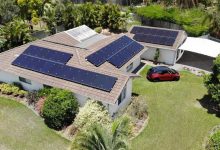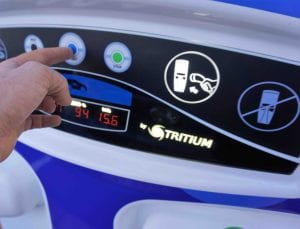We know that electric cars can reduce carbon emissions – they are far more efficient as using energy, for example, simply by not losing it through the vibrations and therefore heat typically produced by an internal combustion engine.
But how much can they actually reduce emissions, and how is this affected by the types and extent of renewables present in particular grids?
A new study published in Environmental Science and Technology by researchers from MIT Energy Initiative (MITEI) demonstrates a novel model for working out reductions in emissions, and shows that the time of day an electric vehicle is charged has a significant impact on savings.
While the study is US-based, it has some relevance for Australia, particularly as it shares common attributes with California which is also undergoing a substantial transition to solar power.
The researchers found that in solar-heavy California, if an electric vehicle is charged at night it produces 70% more emissions than if charged during the day (noting that during the day is still producing less emissions than driving a petrol or diesel car).
Obviously, in solar-rich grids this has huge implications for how effectively electric vehicles can contribute to the reduction of emissions.
The researchers say that this sort of data is important to understand to ensure the correct type of charging infrastucture is present in appropriate places.
For example, if you live and work in a solar-rich area, it might be more useful to have access to charging at work.
“Charging infrastructure is a…big determinant when it comes to facilitating charging at specific times — during the day especially,” said Emre Gençer, co-author and a research scientist at MITEI.
“If you need to charge your EV midday, then you need to have enough charging stations at your workplace.”
In New York which has a large percentage of nuclear or hydro power – the best time to charge an electric vehicle is actually the exact opposite, because by charging at night an extra 20% of emissions can be saved.
To read the full version of this story, please go to our EV-focussed sister site, The Driven and click here…










